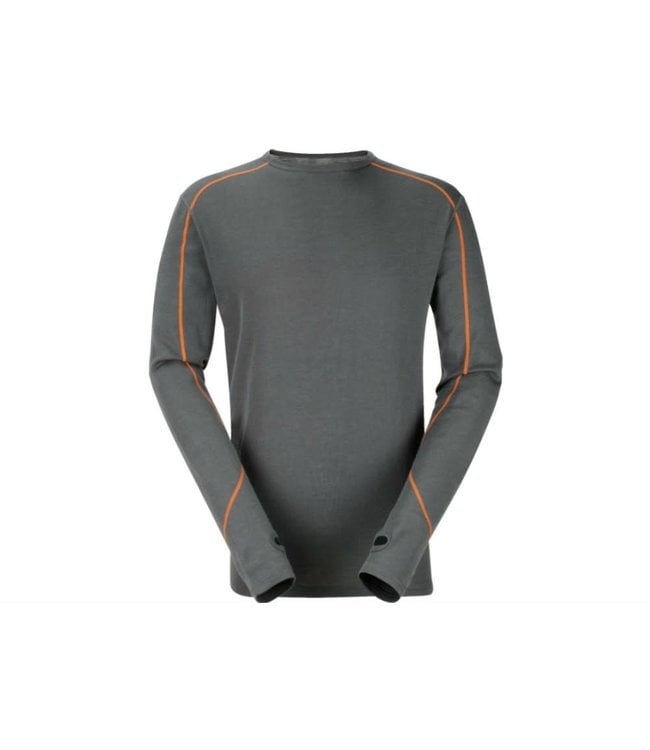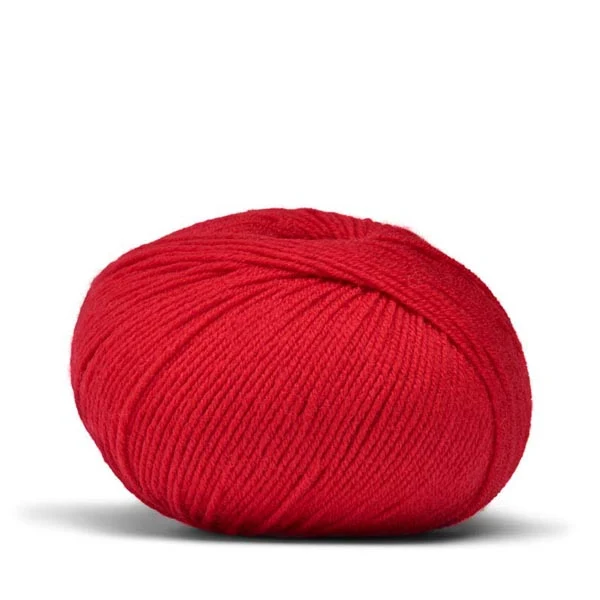High Rated Merino Wool Base Layers Website
Wiki Article
Why Are Yak Merino Wool Base Layers So Beneficial For Winter Sportswear In Terms Of Warmth/Temperature Regulation Moisture Management Durability, Comfort And Warmth?
The base layer of the yak merino fabric is ideal for winter sports apparel because it is a combination of factors that increase the temperature, warmth, moisture management and comfort.
Both Merino and yak wool have naturally insulating properties. Yak, thanks to its hollow filaments, traps the air and provides great warmth. Merino is another wool that's known for its ability to insulate.
regulates body temperatureThe fabric and the combined one helps maintain body temperature by capturing warmth in cold temperatures while also allowing airflow to avoid overheating during high activity.
Moisture Management-
Merino Wool's moisture wicking properties draw sweat from your skin and disperse it, stopping sweat. Yak wool is also able to transfer moisture and keep the wearer comfortable throughout physical activity.
Comfort-
Softness- Merino fibers are known for their fine, soft fibres, which are more gentle to the skin. Yak wool also has a soft fiber which improves the comfort.
Odor Resistant- Both kinds contain antimicrobial properties that limit the development of the bacteria that cause smells, and keeps the clothing fresh.
Durability-
Resistance and Strength Yak Wool is tough by nature, and when added to the tough merinowoo, it is strong and durable, suitable for rigorous sports.
Natural Fiber Benefits-
Renewability- Yak and merino wool are renewable, biodegradable fibers, making them environmentally sustainable options.
Variability - The inherent properties of wools permit them to be used in a variety of weather conditions while retaining their effectiveness in both wet and dry environments.
The combination of yak and merino wool maximizes the advantages of each and creates the best fabric in offering warmth, regulating temperatures, regulating moisture, ensuring comfort and being durable. The yak-merino blend base layer is ideal for winter sport clothes. It can be utilized for the demands of outdoor activities in colder climates and keep wearers comfortable and dry. Follow the most popular merino wool base layer blog for site recommendations including merino wool underlayer, base layer moisture wicking, best base layer for skiing, best long underwear for skiing, mens wool long johns, merino 250 base layer, smartwool base layer mens, wool undershirt women's, merino wool base layer hunting, long johns for skiing and more.

What Are The Benefits To Bamboo Clothing When It Comes To Thermal Regulation? Uv Protection. Biodegradability. Environmental Impact.
Thermal RegulationBamboo clothing offers numerous advantages, such as biodegradability, UV protection and environmental impact.
Insulation- Bamboo fabric provides warmth during cold weather, while still remaining cool and breathable. It helps regulate the body's temperature, as it holds the heat in cooler temperatures while allowing ventilation for overheating to be avoided when exercising.
UV Protection
UV Resistance - Bamboo fabric offers natural protection from harmful ultra violet rays. The bamboo fabric is able to block up to a third the UV rays.
Biodegradability-
Eco-friendly- Bamboo clothes are biodegradable, which means it will break down naturally at the end of its lifespan without creating harmful residues or contributing to the environmental degradation. This helps reduce pollution and also reduces the environmental impact of discarding clothing.
Environmental Impact-
Sustainability- Bamboo is highly eco-friendly as a material for raw materials. It is a plant that grows rapidly that does not require pesticides and chemical fertilizers. It's a renewable resource because of its fast development.
Bamboo uses relatively less water than other crops like cotton. This makes it a more efficient use of water. This is a major factor in water conservation and helps reduce the strain on resources.
Soil Conservation
Soil health - Bamboo cultivation does not deplete soil nutrients and doesn't require large amounts of irrigation. This improves soil conditions and lessens the need for harmful practices in agriculture.
Carbon Sequestration
Carbon Absorption Bamboo plants absorb more CO2 while releasing more oxygen than other plants. This property helps mitigate carbon emissions and combat climate change.
Bamboo clothing comes with many benefits, including thermal regulation, UV blocking and biodegradability as well as a positive impact on the planet. This is why it is a great choice for anyone looking to buy sustainable, functional clothes. These attributes are in line with environmentally conscious practices and provide advantages for the environment as well as wearers. Read the recommended see page about bamboo clothing for more advice including rayon from bamboo fabric, mens boxer shorts bamboo, mens bamboo clothing, bamboo ladies clothing, preemie bamboo pajamas, halloween bamboo pajamas, bamboo hoodie women's, bamboo material clothing, bamboo top, bamboo clothing brand and more.

How Do Merino-Layering And Bamboo Clothes Compare With Regular Wool?
Merino bamboo, Merino regular wool all possess unique characteristics.
Merino's soft, silky fibers make it soft against your skin. It is less likely to cause irritation or itching than wool that is more traditional.
Merino Wool is a great moisture-holding material.- Wicking Properties- Merino is a wicking and moisture-wicking fabric which draws out moisture and allows it to evaporate. The wearer stays dry and comfortable.
Merino is natural insulation that offers extraordinary warmth even when wet. It regulates the body temperature and provides insulation in cold weather.
Odor resistance- It prevents the growth of odor causing bacteria, and helps keep clothes fresh, even if worn for prolonged periods.
Bamboo Clothing
The softness of bamboo clothing is well-known for its soft and silky texture, frequently compared to cashmere or silk. It's gentle on the skin and provides an exquisite experience when wearing.
Bamboo fabric is moisture-wicking, which means it draws moisture away from your skin, and keeps you dry when exercising.
Temperature Regulation- Bamboo clothing has natural temperature-regulating abilities, offering warmth in winter and breathability to prevent overheating.
Sustainability- Bamboo has a high rate of renewable resources. It grows quickly without pesticides and fertilizers. It's biodegradable with a low environmental impact.
Wool Regular
Texture. Traditional wool comes in a wide variety of textures. Some are rougher and could cause irritation or itching.
Warmth- Wool is a great insulation, however it can feel bulky and heavy.
Wool can absorb moisture. This makes it less effective in wicking away moisture in comparison to merino, bamboo or other fabrics. Wool retains its warmth, even when damp.
Summary: Merino Wool is soft and odorless. It also offers excellent moisture wicking. Bamboo clothing is supple and has the ability to wick moisture away. It also regulates temperature and is green. Wool comes in a variety of textures and does not always have the same softness and moisture-wicking abilities as bamboo and Merino, however it still provides warmth and insulation. Each has distinct advantages that cater to different needs and preferences for winter clothing. Check out the most popular bamboo winter clothings blog for website recommendations including smartwool quarter zip, 400g merino wool base layer, merino wool thermal underwear, ski thermals, base layer for warmth, best baselayers for skiing, cheap merino wool base layer, merino ninja suit, merino wool ski base layer, best ski underlayers and more.
